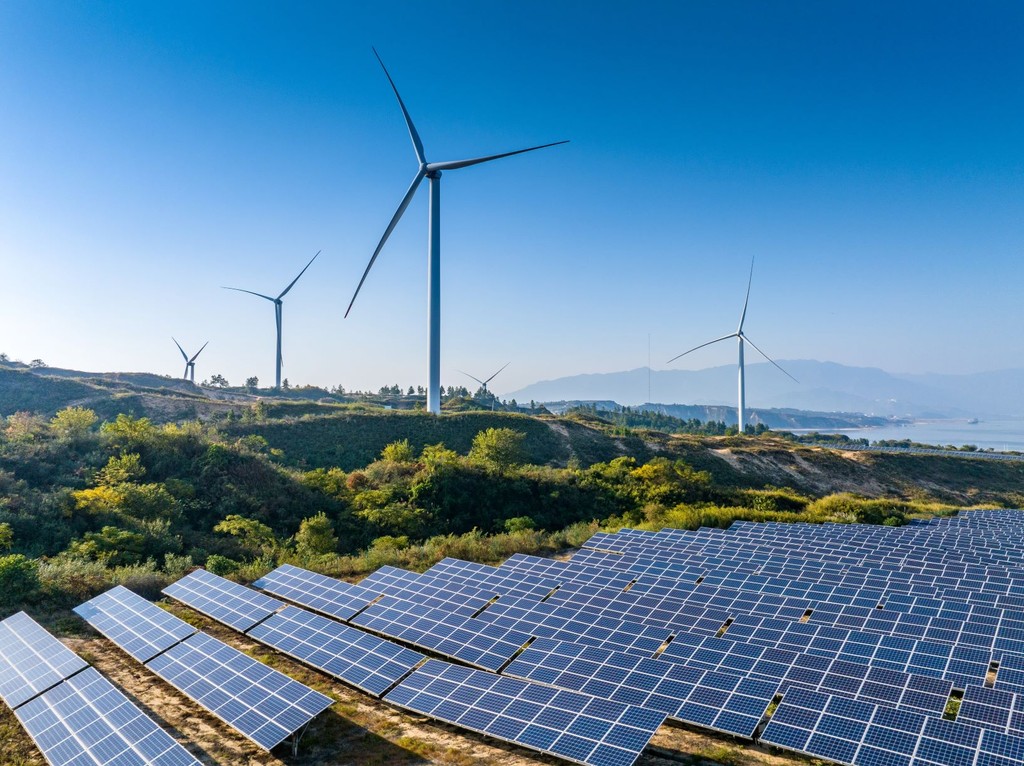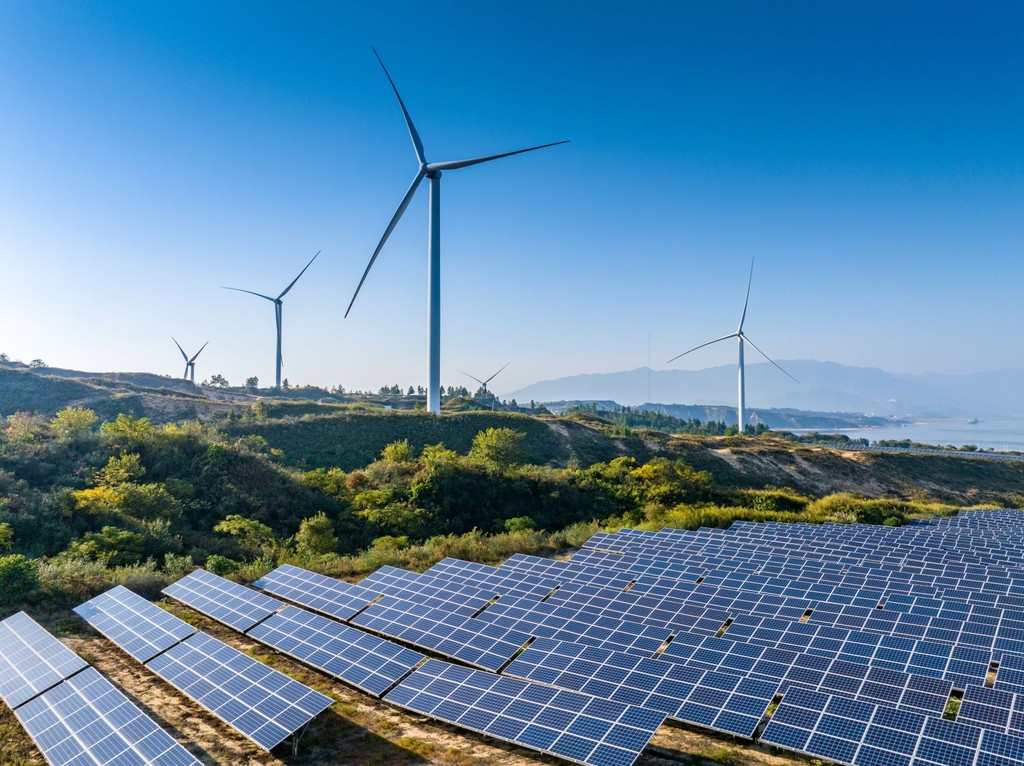By Sunny Park, BloombergNEF Summit Deputy Director
The global trade war with evolving tariffs, surging power demand from AI-driven data centers, electrification of transport and industry as well as geopolitical tensions have all added complexity to the global energy transition in 2025.
President Trump’s hardline stance on energy security, unpredictable trade measures and skepticism toward environmental policy are all contributing to global uncertainty. Yet, uncertainty often opens the door to new opportunities. Recent executive orders signal a push to boost domestic critical mineral production, accelerate the deployment of next-generation nuclear technologies and enhance US energy security. Six months into the new administration, markets are receiving mixed signals, with limited clarity on domestic and international policy directions.
The BNEF Summit Houston on September 18 will offer a platform to assess the current US political and economic landscape. Bringing together global policymakers and corporate leaders, the Summit will explore the shifting role of fossil fuels and the disruptive implications of AI on energy systems.
This year’s Summit will focus on three key themes:
- Challenges and opportunities from rising energy demand, particularly from AI and electrification
- Renewed strategic importance of gas
- Economic opportunities emerging amid the current uncertainty
Rise of Power Demand With AI-driven Technologies
Climate policy, the rise of clean fuels, and the rapid growth of artificial intelligence and digital infrastructure are transforming global power systems — and raising new questions about the role of fossil fuels. As the energy system comes under pressure to become faster, smarter and cleaner, carbon-based fuels face growing scrutiny.
BloombergNEF’s New Energy Outlook projects global data center power capacity will more than triple from 81 gigawatts in 2024 to 277GW by 2035. By then, data centers could account for 4.5% of global electricity demand. In the US, their electricity use is set to reach 8.6% by 2035, outpacing growth from electric vehicles and hydrogen.
The Summit will examine how surging AI-driven power demand is exposing infrastructure bottlenecks and redrawing energy and trade maps. It will also explore new development strategies, such as co-locating data centers near power plants or tapping stranded renewables, and assess the potential for AI to improve energy efficiency. One key questions that remains is: who will ultimately fund the power infrastructure needed to support this shift?
Role of Natural Gas
As electricity demand surges — driven by data centers, AI and industrial electrification—natural gas is reaffirming its role as a critical part of the energy mix. Globally, it remains a key source of firm, dispatchable power, stabilizing grids strained by intermittent renewables and aging infrastructure. In the US, abundant and low-cost gas-fired generation is absorbing much of this new demand, especially in emerging data center hubs. Notably, natural gas demand from US data centers could grow by as much as 472%, based on the current project pipeline.
At this Summit, we will examine whether natural gas is merely a transition fuel or a long-term backbone of modern energy systems. Discussions will explore its evolving role in grid reliability, industrial use and LNG development, especially in light of recent US policy actions supporting hydrocarbons and easing permitting rules. Topics will include how natural gas supports infrastructure where low-carbon alternatives are still limited, the impact of delaying retirements of existing gas and coal plants, and the price implications of expanding US LNG exports.
With global gas demand projected to rise over the next two decades, the sessions will seek to answer the question: Is natural gas a bridge, a pillar, or a liability in the future energy landscape?
Opportunities Generated
The BNEF Summit Houston will explore how investment strategies are adapting to a rapidly evolving energy landscape – one shaped by AI innovation, rising power demand and the accelerating push for decarbonization. From the barrel of tomorrow to next-generation chips and resilient infrastructure, discussions will focus on where capital is flowing, how the oil and gas sector is redefining its role and what new opportunities are emerging for investors. As the world balances energy security, digital transformation and climate goals, the Summit will highlight how financial and strategic bets today are shaping the energy systems of the future.






